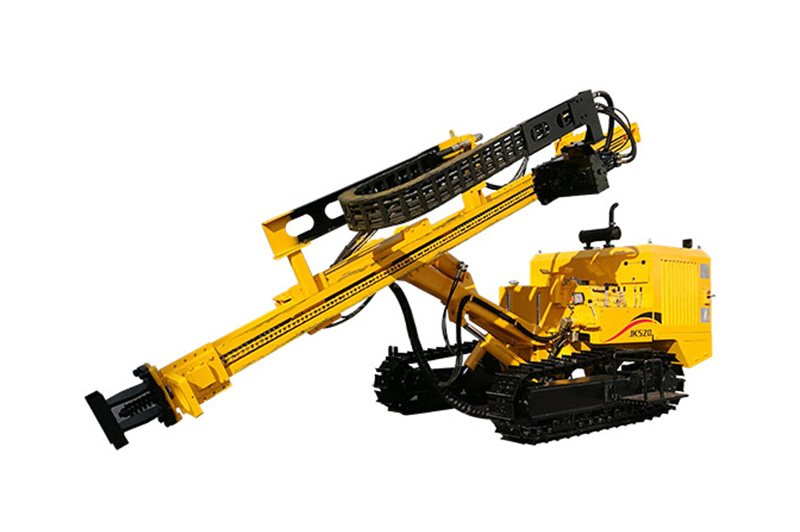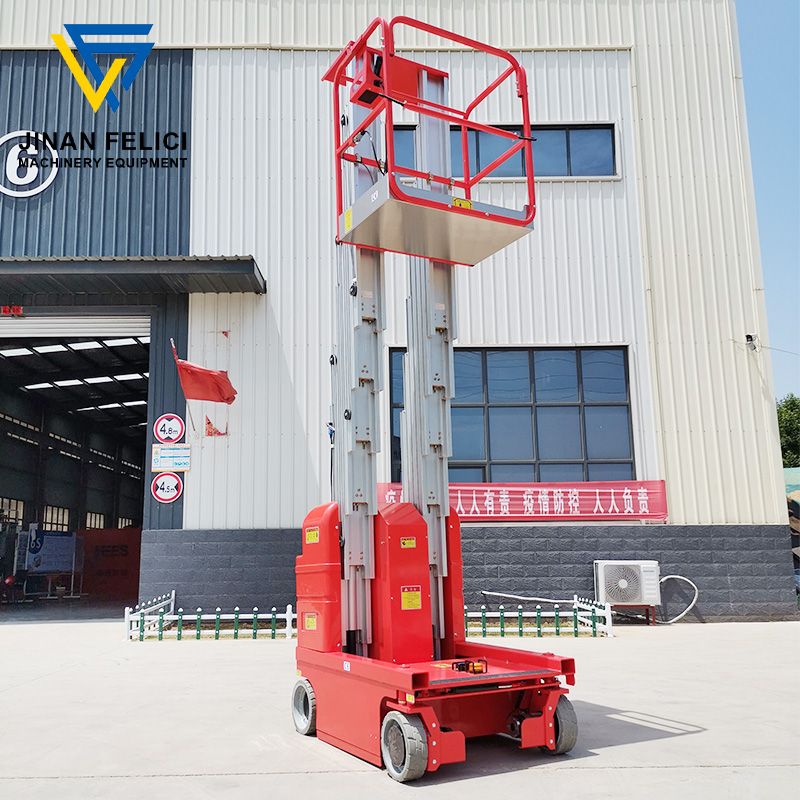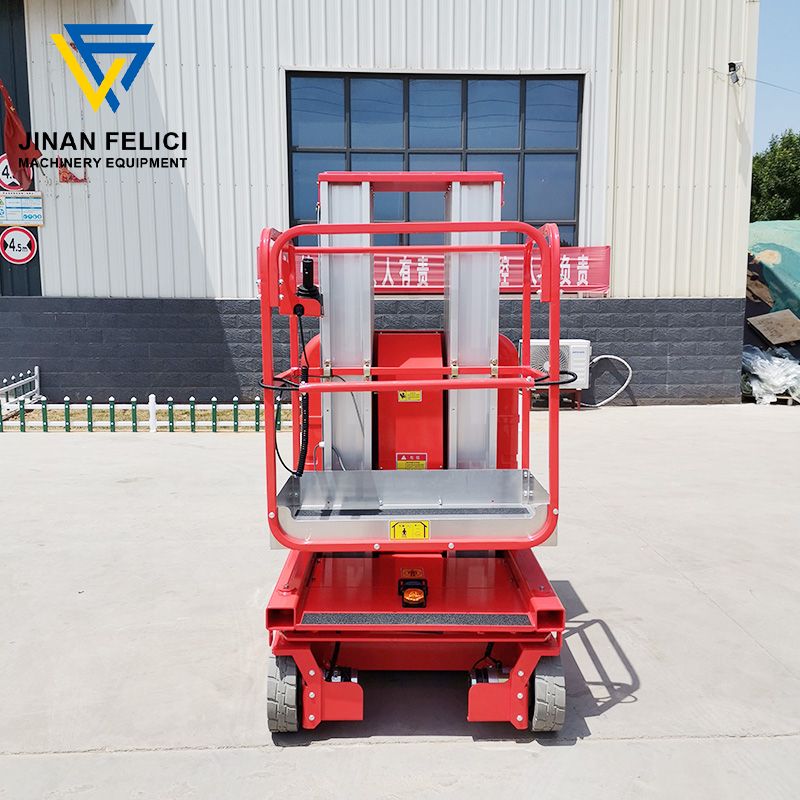10 questions about rock engineering
10 questions about rock engineering
1. How to prepare for blasting (excavation) and how will it affect the local residents?
An enormous amount of society's infrastructure is placed under residential areas inside the rock, so the effects on local residents in the vicinity are well known and are always taken into account when the blasts are planned. In professional construction, everything happens according to predetermined plans. Investigations are often carried out for years, and the excavation, for example, is the culmination of a long chain. A construction project involves dozens of professionals, and construction is constantly supervised by external parties, to whom the project team reports on the progress of the work as well as on any observations made and events that have occurred. If the plans require changes, even the changes are carefully planned before execution. Excavation work always complies with the detailed instructions, regulations and threshold values specified by the authorities.
If you want to learn more, please visit our website rock drilling machines.
Housing and the functions of society are taken into account in excavation so that as little disturbance as possible is caused to them. Remotely readable 3-axis vibrographs are placed in the nearest properties to measure the intensity of blasts. Their placement will be determined in cooperation with an external party, and they will be moved as the excavations progress. After blasting, the vibration monitoring programme can immediately detect any anomalies in the results. This can be used as a basis for making changes to the plans and decreasing the vibrations where necessary. The vibrographs can also distinguish between bumps and other types of vibrations and the excavation work.
The logistics during the excavation are also planned in advance to avoid directing on-site traffic to the smaller local streets and roads in the area.
2. What does rock support work mean? How is it done in practice (equipment, materials, etc.)?
Rock support work refers to the mechanical reinforcement of the rock by tying loose boulders together to form a uniform, strong structure. In Finland, the typical rock support work methods include rock bolts and shotcrete.
There are different types of rock bolts but they are all installed in a bore drilled into the rock and fixed either mechanically, tightening the bolt using a point anchor, washer and nut or soldered using concrete or resin. Typically, rock bolts are 3'5 m long and 25'32 mm thick. The installation bores can be drilled using the same equipment that is used for drilling charge holes (a jumbo drilling rig or drilling rig), a separate jumbo drilling rig to drill bolt holes or, in shafts or other tight spaces, even manually. The bolts are installed either manually or using jumbo drilling rig equipment.
The rock surface is shotcreted using shotcrete equipment ' in practice, a concrete pump and hoses ' through which the mass brought from the concrete station is sprayed onto the rock surface via a rotating nozzle called the trunk. Often, small steel fibres are mixed in the shotcrete mass to make the structure stronger. In some special cases, plastic fibres can also be used. A steel mesh may be installed between the shotcrete layers for additional strength.
The rock is also sealed by injecting, that is, by drilling holes in the rock and using pressure to inject sealing material that is usually concrete-based.
3. How is a concrete wall cast in a tunnel dug in rock? How can it be cast all the way up, as you will run into rock up there?
The mould is made according to the shape of the rock and sealed around the edges. Pipes can be installed in the top of the mould and in other places to check that the mould is full. The casting itself is performed using pressure.
4. How long is the break in the excavation? What about the look-out? What is the allowed 'overbreak'?
The length of the break is probably 5'6 m, the length of the lookout 200 mm and the overbreak tolerance in a normal situation T400 or 400 mm.
Rock tunneling with decades of experience | YIT.fi
At the excavation site of the Töölönkatu parking hall, the jumbo drilling rig was also serviced inside the tunnel.
5. What kind of rock engineering jobs are there?
A typical underground rock construction site employs at least drillers, blasters, plasterers ' i.e. shotcrete equipment operators ' equippers and bolters. In addition, to handle the loose crushed rock, there are loaders and drivers as well as a scaler to tidy up the rock face. Because a lot of big machines are required for the work, the construction site usually also includes a mechanic to maintain and repair the machinery. A measurement technician is also needed in rock engineering.
In addition, the construction site requires foremen, site engineers as well as a site manager whose tasks depend on the scale and nature of the site.
6. What does a typical working day underground include?
A shift at the construction site begins with an update on the situation. Excavation work is often shift work, where you take over from where the previous shift finished. At big construction sites, specialists, such as drillers and blasters, spend the whole shift performing their own tasks, whereas everyone is responsible for things like site safety, tidiness and keeping things in order as well as taking care of the equipment they use. For example, a driller takes care of the daily maintenance and minor repairs of jumbo drill rigs, either alone or together with a mechanic. At small construction sites, for example, blasting work may take half of the shift, and for the rest of the shift, the blasters take care of other tasks necessary for the progress of the work, such as building electricity, ventilation and water lines in the new excavated space. Electrical connections are made by an electrician, just like in all construction work.
Otherwise, there is limited access to construction sites for safety reasons. However, if you want to work at a construction site, you should submit your work application to us. In some infrastructure tasks, you can learn the job on an apprentice/master basis.
7. How can I specialise for the field during my studies? Are there any age restrictions (e.g. with regard to on-the-job learning)?
There are very few options available when it comes to direct underground rock engineering training.
Many professionals already have some kind of qualification in the construction sector, such as Further Qualification in Infrastructure Construction. You can 'specialise' in underground excavation by applying for a training period at a tunnel site. For instance, the professional skills of a driller are largely the result of on-the-job learning. A blaster's qualification certificate requires a blaster course in addition to work experience. Skill with handling or repairing machinery is an advantage in tunnel work, and there is also demand for electricians at construction sites. Minors can also work underground subject to certain exceptional procedures. The minimum age limit for a blaster's certificate is 18.
Site supervisors and other personnel often have a higher education degree in construction.
The company is the world’s best truck mounted well drilling rig supplier. We are your one-stop shop for all needs. Our staff are highly-specialized and will help you find the product you need.
Explore more:The Advantages of Utilizing Hydraulic Cone Crusher for Chrome Ore Processing
How Does the VSI Sand Maker for Sustainable Construction Work?
How to Choose VSI Sand Maker for Construction Projects?
Buyer's Guides
Articulating Boom Lift: Enhancing Reach and Versatility
Choosing the Right Bottle Bagging Machine for Your Packaging Needs
Why are Single-Line Diagrams important in electrical engineering?
Construction job vacancies | YITGROUP.COM
Jumbo drilling rigs are used to drill charge holes in rock. Holes are always drilled to one break at a time.
8. How are fire safety and evacuation taken care of underground?
Particular attention is paid to fire safety underground because a fire in a tunnel space is always a major risk. All machines used underground, including passenger cars, are equipped with a hand fire extinguisher for first aid extinguishing. Many big machines are also equipped with an automatic or manually started extinguishing system in the engine room. Hot work, such as using an angle grinder or welding, is only performed by persons with a hot work card as well as a site-specific hot work permit. This work is only ever performed according to a separate plan.
An evacuation and rescue plan is always prepared for the construction site and there are also occasional drills. At large, long-term construction sites, it is also possible to bring rescue containers into the tunnel, where the personnel can take shelter if the exit routes are blocked. Employees working in underground mines also carry a personal rescue device, either on their person or in a vehicle. The device is a kind of an oxygen mask that can be used when relocating to a shelter or outside.
9. Has anyone ever been trapped behind a cave-in?
Cave-ins in tunnels are generally rare round the world, and in Finland, they occur extremely rarely. YIT is not aware of any such incidents.
Occupational safety at our construction sites | YITGROUP.COM
View from the jumbo drilling rig cabin.
10. How is the environment taken into account in rock engineering?
Underground excavation is always subject to an environmental permit, in which the authority body comments on the effects of the project to the surrounding environment. They include noise, dust and vibration as well as, for example, discharge water pumped out of the tunnel site and the related processing methods. Depending on the construction site, we are able to circulate the required water using our own treatment facility, after which the water can be reused. Crushed rock from the tunnel can also be reused, for example, in street construction.
The machinery and equipment used in tunnel excavation are big, weighing up to 50 tonnes. The machinery and equipment meet at least the legal emission category requirement. Many machines, such as jumbo drill rigs, are electrically operated. In addition, we equip our machines as much as possible with particle filters to further reduce the environmental impact of the internal-combustion engine.
All of the products used for rock engineering are CE certified.
At YIT, sustainability is at the core of the strategy and a key element in all business operations. An essential part of sustainability is mitigating climate change. YIT has now updated its climate targets and created a carbon roadmap to reduce emissions. The updated targets are in line with the Paris Agreement. The agreement aims to limit global warming to less than 1.5°C by the end of the century.
In its own operations (scope 1 and 2), YIT's goal is to be carbon neutral by . YIT is committed to cutting value chain emissions (scope 3) by at least 30% by . The targets are based on the latest climate science. The reference year is , the year that preceded the COVID-19 pandemic.
Goal set at carbon-neutral construction ' YIT publishes its updated climate targets | YITGROUP.COM
Rock tunneling | YIT.fi
The story was originally published 15.11. and it was updated 1.3.
Rock Drilling & Spliting
I know a guy thats in blasting.
From the scope of the jobs ive seen him on, he can pretty much blast anything, anywhere.
He did alot of the work in Hopatcong, when they were doing the sewers, right on thoes crowded narrow streets.
I just cant see a machine or that expansive grout being able to get some of North Jerseys real hard stuff, b/c I know hes had problems on some jobs. (although that soft stuff down in Chatham will go real easy) He always said, "I either look like a hero or an idiot" meaning that the job goes awesome and is drilled and blasted correctly the first time, or he has to go back and hit it again.
But im sure your idea of starting small is good (although 30 grand isnt small amount of money sometimes)
Maybe you should talk to some people at Tilcon or Weldon or any of the other 1 million quarries around here and see how the pros get rid of a massive amounts of rock in short order, im sure if you can make a contact there, they must be FILLED with VALUABLE info for your new venture.
To be succesful you really, really have to know your rock, where its gonna be, how hard its gonna be, ect.
If you are looking for more details, kindly visit exploration drilling equipment.
Vane Compressors: Efficient and Reliable Air Compression Technology
How does a fine powder grinding machine work?
The Laser Cutter Revolution: Transforming Design and Manufacturing
What is a jaw crusher and how does it work?
Hammer Mill: A Versatile and Efficient Grinding Machine
Factors to Consider when Choosing a DC TIG Welding Machine
What Are the Different Types of Plastic Injection Molding Machines?









